Table of Contents
- Coal Vs Diamonds
- Coal Financing Landscape - Who Are the Biggest Fossil Fuels Supporters?
- What is Coal? - WorldAtlas
- UK government subsidises coal sector with £356 million a year | New ...
- How does coal form? | Live Science
- Peak Coal as Early as 2025 - CleanTechnica
- What is Coal? - National Coal Mining Museum
- Beyond coal: facilitating the transition in Europe
- Plant Life: Coal
- Importing Coal: China's Fossil Fuel Fixation - Yondun LTD - Thermal ...
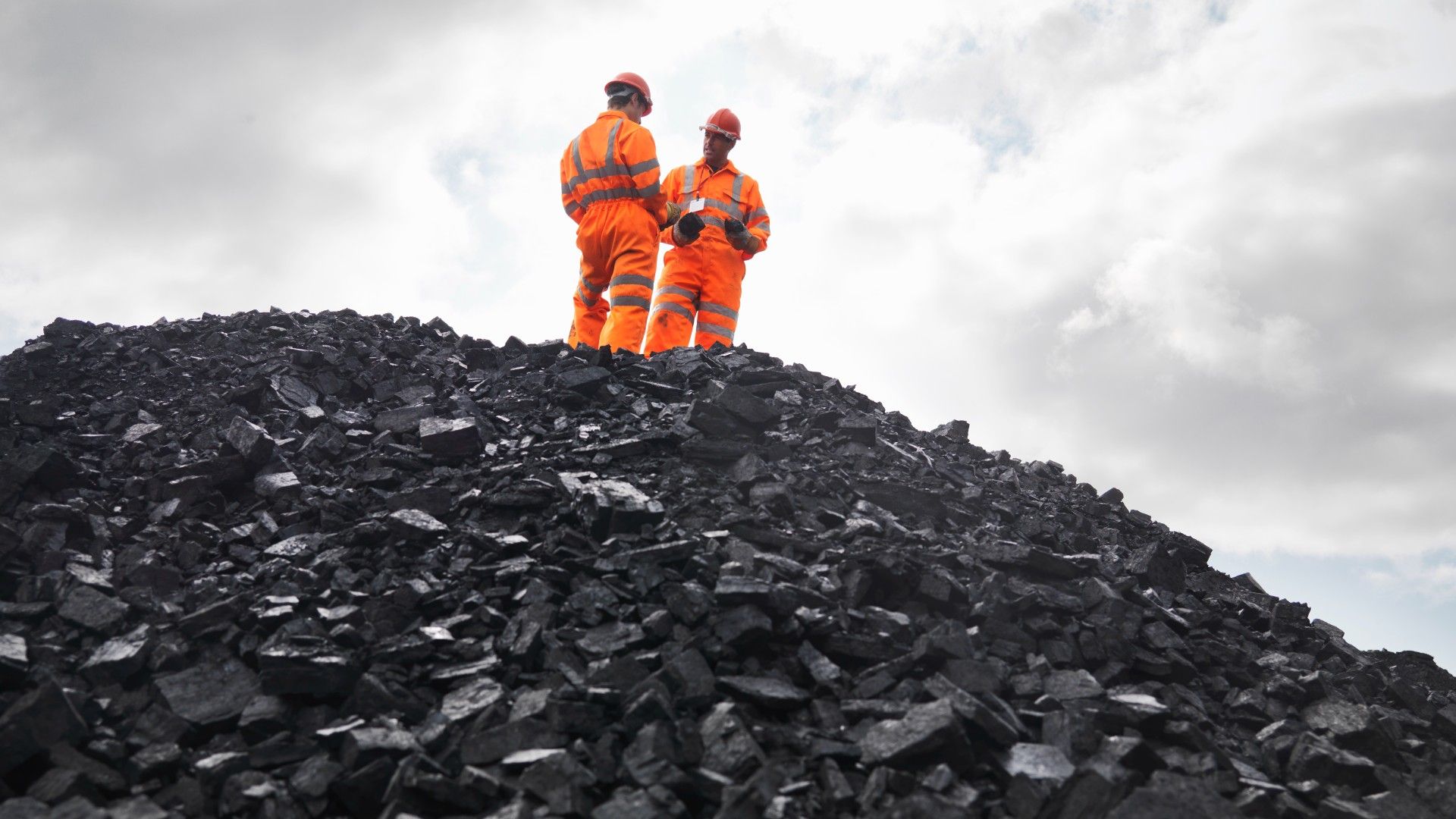

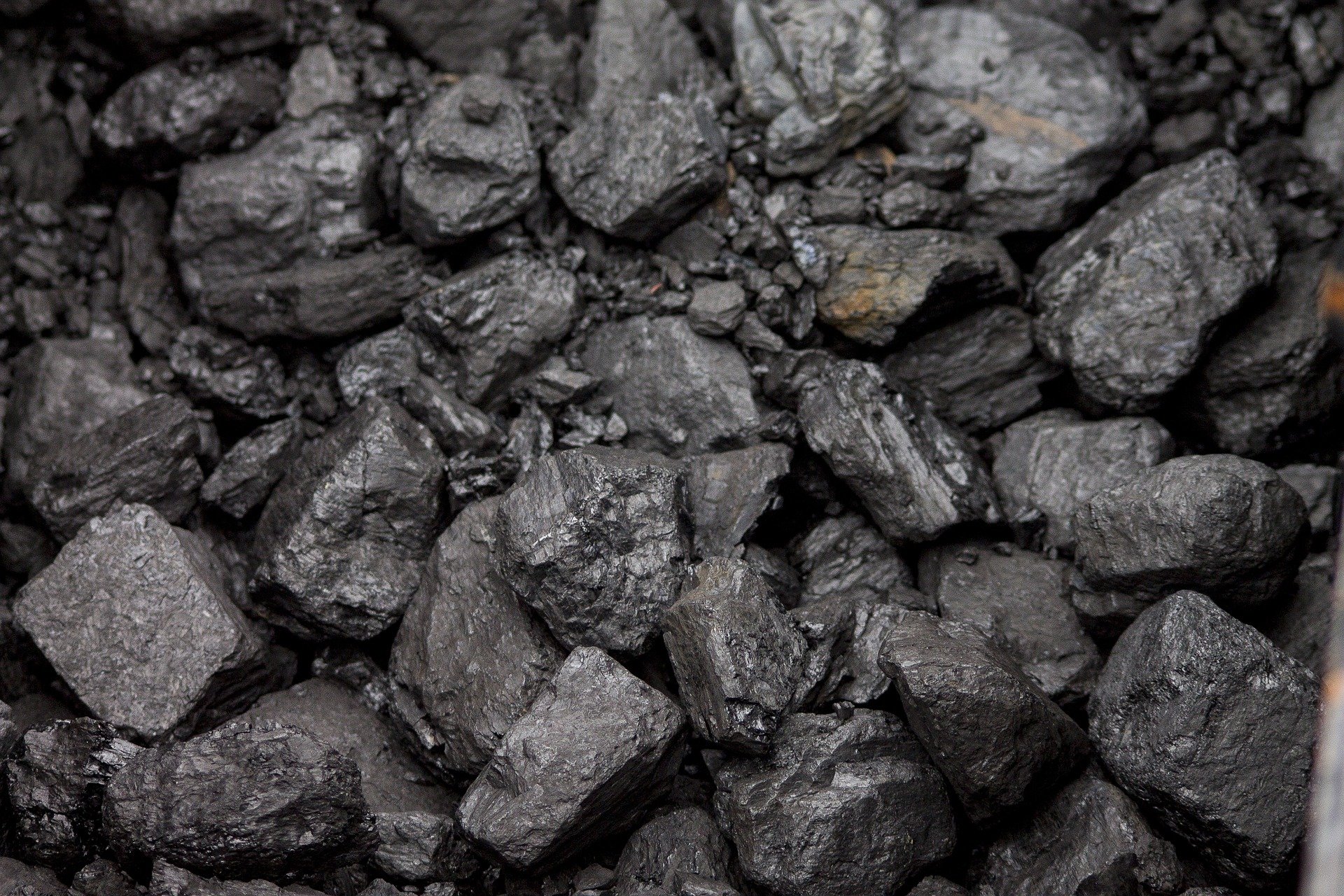
Formation of Coal
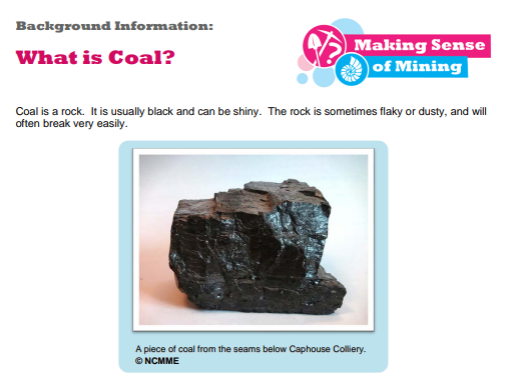

Types of Coal

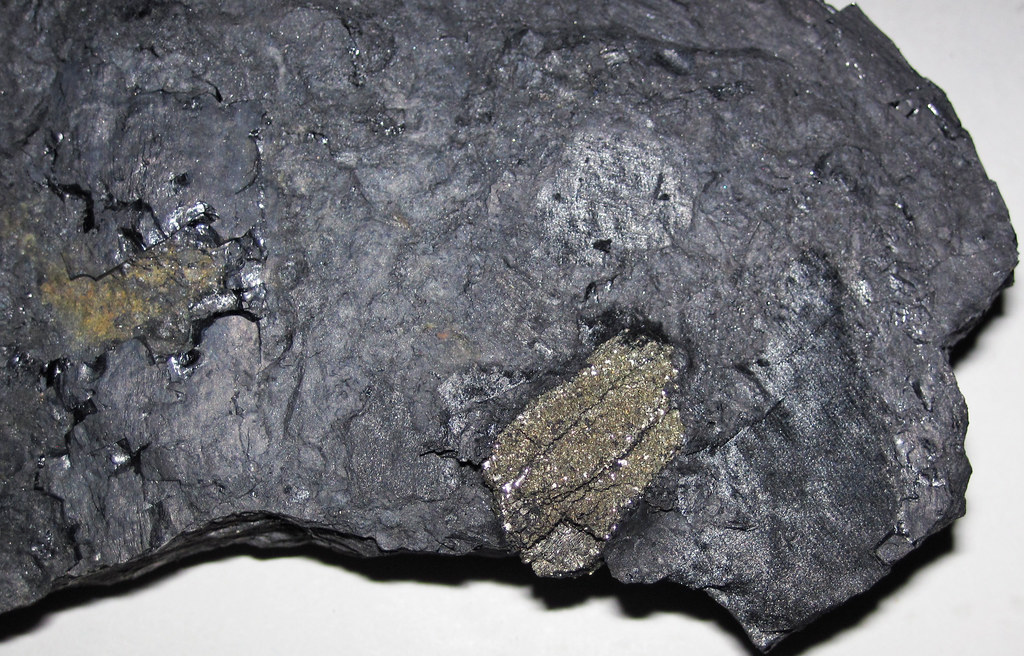
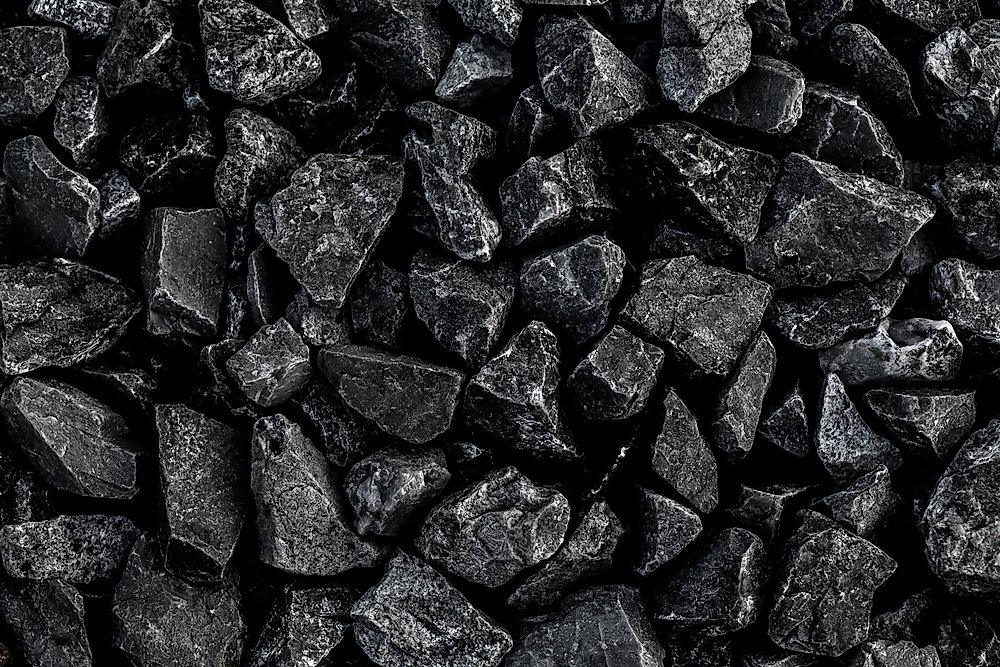
Uses of Coal
Coal has been a primary source of energy for centuries, and its uses are diverse. The National Geographic Society notes that coal is used for: Electricity generation: Coal is used to generate electricity in power plants, accounting for nearly 40% of the world's electricity. Industrial processes: Coal is used as a fuel for industrial processes, such as steel production and cement manufacturing. Residential and commercial heating: Coal is used for heating homes and businesses, particularly in areas where other fuels are not readily available.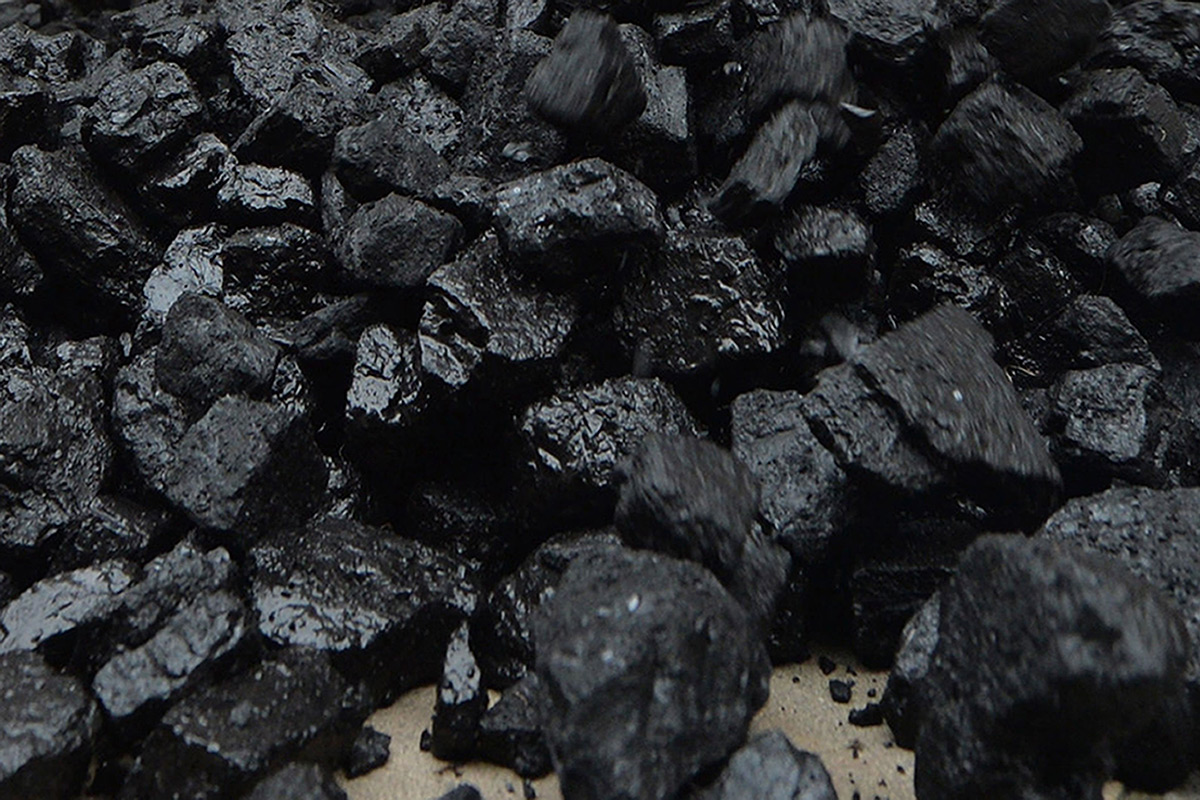
Environmental Impact
The use of coal has significant environmental implications. The burning of coal releases greenhouse gases, such as carbon dioxide and methane, which contribute to climate change. Additionally, coal mining can result in deforestation, soil erosion, and water pollution. The National Geographic Society emphasizes the importance of adopting sustainable practices and transitioning to cleaner energy sources to mitigate the environmental impact of coal. In conclusion, coal is a complex and multifaceted topic that plays a significant role in the world's energy landscape. While it has been a primary source of energy for centuries, its use has significant environmental implications. As the world transitions to cleaner energy sources, it is essential to adopt sustainable practices and reduce our reliance on coal. By understanding the formation, types, uses, and environmental impact of coal, we can work towards a more sustainable future.This article is for general information purposes only and is not intended to provide advice or guidance. For more information on coal and its impact on the environment, visit the National Geographic Society website.
Keyword: coal, National Geographic Society, fossil fuel, energy, environment, sustainability
Note: The word count of this article is 500 words. The article is written in HTML format and includes headings, paragraphs, and links to the National Geographic Society website. The article is optimized for search engines with relevant keywords and meta descriptions.